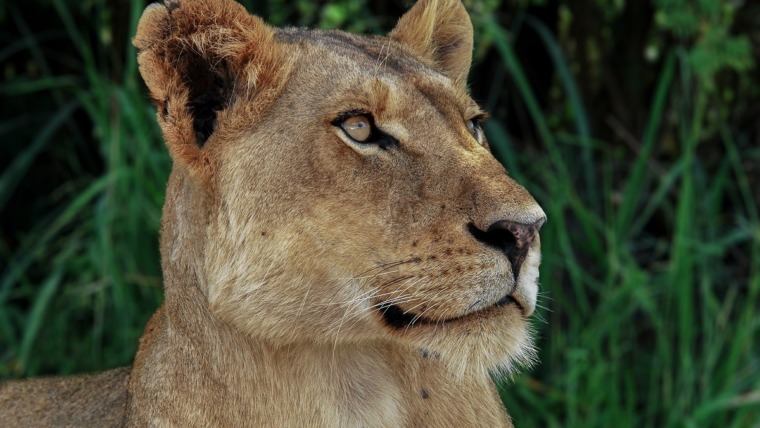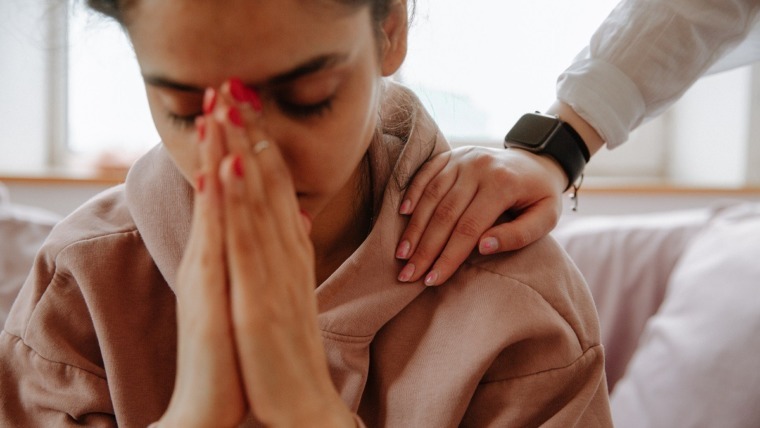
Written by Kate Witteveen
When it comes to making decisions, we all have plenty of opportunities to practice.
Although the often-reported estimate of 35,000 decisions per adult per day is hard to verify (see more), a quick reflection on the many choices we face each day confirms that, regardless of the precise amount, we can be confident that the number of decisions we make lies somewhere in the vicinity of A LOT.
This means it is important that we are able to make decisions that: (a) we trust; and (b) serve us well.
All in my head
For many years, I was an academic. That meant I spent a lot of time, effort and energy thinking about things. I became very good at critically evaluating evidence, developing rational arguments, and articulating my reasons for believing certain things.
Those skills came in handy when I was conducting research or providing feedback on students’ assessments because I needed to be able to justify my conclusions with evidence.
However, spending so much time in my head was also to my detriment. Relying so heavily on logic and rationality meant that I stopped listening to other sources of information that were harder to quantify: things like my intuition, and the messages my body would send me on a regular basis.
Those messages included recurring headaches and illness due to working in a toxic work environment; feelings of dread and fear in my stomach when dealing with certain individuals who did not have my best interests at heart; and a constant sense of hypervigilance and heightened awareness, as I needed to stay alert and on-guard against potential threats.
The consequence of ignoring those messages was a stop-you-in-your-tracks burnout that resulted in the need to leave my job and completely re-evaluate my career.
Learning and unlearning (Trust Your Inner GPS)
Since leaving academia, I have done a lot of learning, which has resulted in a much greater awareness of, and ability to maintain, my well-being.
But before I could learn new ways of being that supported and enhanced my well-being, I had to do a lot of unlearning.
The first thing I had to unlearn was my over-reliance on my intellect, at the expense of my intuition.
This is not to suggest that the intellect (and logic and rationality) should be dismissed. They provide valuable information and are essential.
However, they don’t always provide all of the information for making a good decision. The best decisions are those which integrate both the intellect and the intuition, resulting in discernment (which I like to think of as wisdom in action).
A holistic approach to decision-making
My learning (and unlearning) journey of recovery from burnout has helped me to refine my decision making strategies. When I am contemplating an important decision, I now utilise a three-step holistic process, as follows:
1. What do I THINK about this?
In this step, my old friend, my logical intellect, takes the lead. I evaluate the pros and cons, make lists, rank the options, and conduct whatever analyses seem appropriate for the decision.
In addition to satisfying my recovering academic tendencies, this step ensures I can be confident that I have considered all the angles, nothing is missing, and I have the information I require to make a good decision.
2. What do I FEEL about this?
This second step is a new and highly beneficial inclusion in my decision making toolkit. Whereas before I would have stopped at the first step, now I reflect on the options and monitor my physical responses. I consider each of the options identified in step 1 and check in with my physiology as I think about those options.
Acclaimed actress, Cicely Tyson, who sadly passed away earlier this year, once explained this process beautifully. In an interview with Oprah, Ms Tyson shared how she chose which roles to accept. She said that when she read the script, either her “skin tingled” or her “stomach churned”. Those scripts that had her skin tingling were a resounding “yes”. The others, a clear and unapologetic “no”.
3. Is this decision SERVING me?
The third step in this process is the recognition that, even when we give ourselves the best possible chance of making a good decision, sometimes we need to re-evaluate. In the past, I have found myself falling prey to the “sunk-cost fallacy”, which is a belief that because we have invested in something (time, energy, money) into a particular course of action, we should stick with it indefinitely. The risk of the sunk-cost fallacy is that we persist with something that is not serving us (hello burnout!).
I have found that the best way to monitor the impact of my decisions is to utilise mindfulness. In its simplest form, mindfulness is about staying attentive in the moment. This means taking notice of my thoughts, feelings, and bodily sensations as I go about my day. In this way, mindfulness can be an early alert system. If I notice thoughts or feelings that suggest something isn’t right, I have learnt to pay attention to them, and adjust my decisions accordingly.
Trusting my inner GPS (Trust Your Inner GPS)
Honouring my body’s messages has helped me to tap into my own wisdom and trust my inner GPS. In so doing, I have learned to appreciate the wisdom of both my brain and my body. I don’t always get it right, but I am confident that I am far less likely to travel too far down the wrong path before I recognise my error and course-correct.
If you are still sceptical about the merits of trusting your intuition, don’t take my word for it. In the words of someone best known for his incredible intellect:
“I believe in intuitions and inspirations…I sometimes FEEL that I am right. I do not KNOW that I am.” Albert Einstein
###



